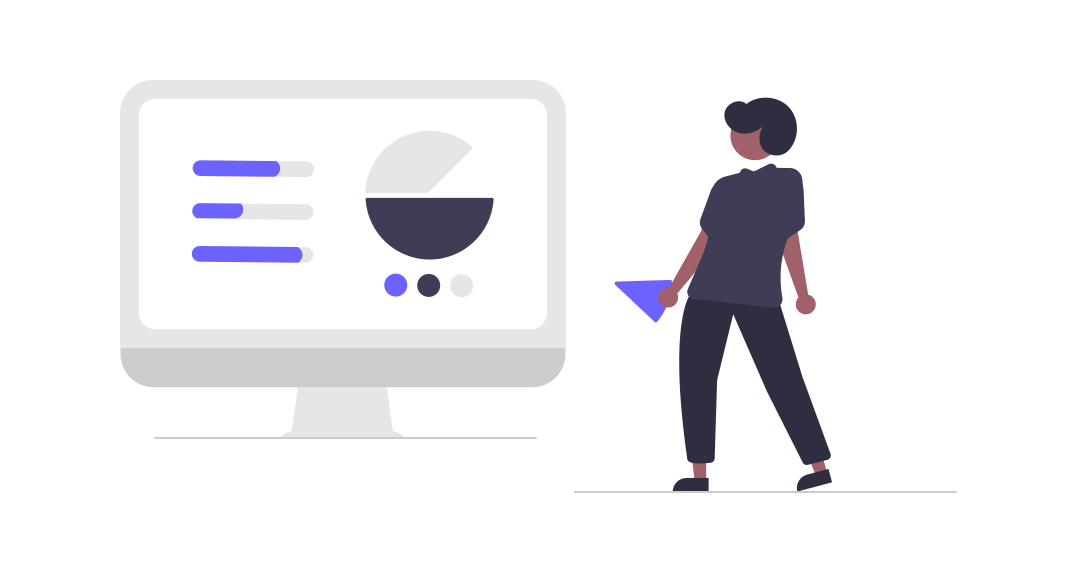In today's digital landscape, understanding your target audience goes beyond traditional demographic and psychographic segmentation. Technographic segmentation, which involves segmenting based on the technology a company uses, has become a game-changer for many organizations. This article explores real-world case studies of companies leveraging technographic data to enhance their marketing strategies and drive remarkable results.
What is Technographic Segmentation?
Technographic segmentation is the practice of categorizing potential customers based on the technologies they use. This segmentation helps businesses tailor their marketing efforts more precisely by understanding the specific tools, software, and platforms their target audience relies on. The key benefits include better targeting, personalized messaging, and increased conversion rates.
Case Study 1: Salesforce and Personalized Outreach
Company Overview: Salesforce, a global leader in customer relationship management (CRM) software, utilized technographic segmentation to refine its sales and marketing strategies.
Challenge: Salesforce needed to identify high-potential leads among a vast pool of businesses using various CRM solutions.
Solution: By leveraging technographic data, Salesforce segmented potential customers based on the CRM systems they were already using. This allowed Salesforce to personalize outreach campaigns, highlighting the unique benefits and integration capabilities of their platform tailored to each specific CRM system.
Results: This approach led to a significant increase in lead conversion rates. Personalized messaging based on existing technology usage resonated better with prospects, resulting in higher engagement and ultimately boosting sales.
Case Study 2: HubSpot's Targeted Content Marketing
Company Overview: HubSpot, a leading marketing and sales software provider, aimed to enhance its content marketing strategy through technographic segmentation.
Challenge: HubSpot needed to deliver more relevant content to different segments of its audience, each using diverse marketing technologies.
Solution: Using technographic data, HubSpot identified the marketing tools and platforms their target audience was using. They then created tailored content, such as blog posts, eBooks, and webinars, addressing the specific needs and challenges related to those technologies.
Results: HubSpot experienced increased engagement with their content, higher lead generation, and improved customer retention rates. By aligning content with the technology stack of their audience, HubSpot ensured that their resources provided genuine value, leading to stronger customer relationships.
Case Study 3: LinkedIn's Technographic-Driven Ad Campaigns
Company Overview: LinkedIn, the world’s largest professional network, used technographic segmentation to enhance its advertising campaigns.
Challenge: LinkedIn sought to optimize ad spend and improve the relevance of ads shown to its users.
Solution: LinkedIn incorporated technographic data to segment its audience based on the business tools and software they used. This segmentation allowed LinkedIn to serve highly targeted ads promoting solutions that complemented the existing technology stack of their users.
Results: The technographic-driven ad campaigns resulted in higher click-through rates (CTR) and improved return on ad spend (ROAS). Users found the ads more relevant to their professional needs, leading to better engagement and conversion rates.
Case Study 4: Zoom's Technographic-Based Market Expansion
Company Overview: Zoom, a video conferencing software giant, aimed to expand its market reach by targeting businesses using specific types of communication tools.
Challenge: Zoom needed to identify potential customers who would benefit most from their platform based on their current technology usage.
Solution: By analyzing technographic data, Zoom segmented businesses based on the communication tools they were using. They then targeted these segments with personalized marketing campaigns that showcased how Zoom could integrate seamlessly with their existing technology, enhancing their communication capabilities.
Results: Zoom's targeted approach led to a successful market expansion, attracting a significant number of new customers. The personalized marketing messages resonated with businesses, driving higher adoption rates of Zoom’s platform.
Case Study 5: Adobe's Enhanced Customer Segmentation
Company Overview: Adobe, a leader in creative and marketing software solutions, used technographic segmentation to refine its customer segmentation strategy.
Challenge: Adobe needed to identify high-value customer segments within its broad audience base to better tailor its marketing efforts.
Solution: Adobe utilized technographic data to segment its customers based on the design and marketing tools they were currently using. This segmentation enabled Adobe to create targeted campaigns that highlighted how their solutions could enhance the capabilities of the existing tools their customers used.
Results: The refined customer segmentation led to more effective marketing campaigns, increased customer satisfaction, and higher conversion rates. Adobe's personalized approach demonstrated a deep understanding of their customers' needs, fostering stronger brand loyalty.
Conclusion
Technographic segmentation has proven to be a powerful tool for businesses looking to enhance their marketing strategies. By understanding the technologies that their target audiences use, companies can create more personalized and relevant marketing campaigns, leading to better engagement and higher conversion rates. The real-world case studies of Salesforce, HubSpot, LinkedIn, Zoom, and Adobe demonstrate the significant impact technographic segmentation can have on achieving marketing success.


